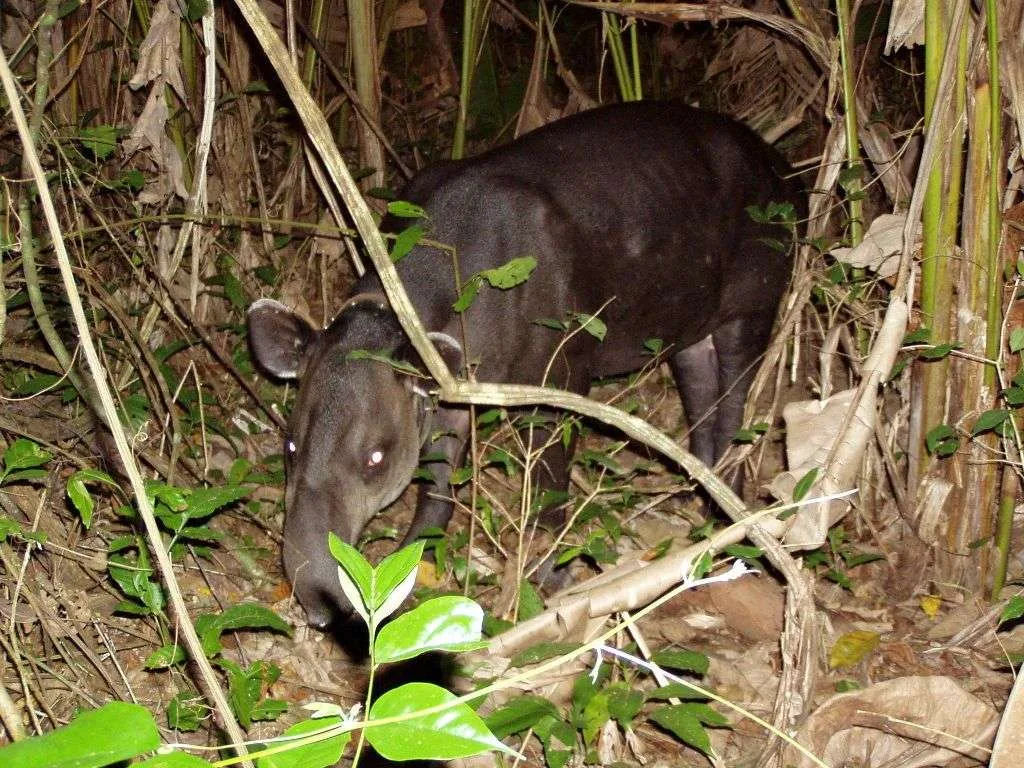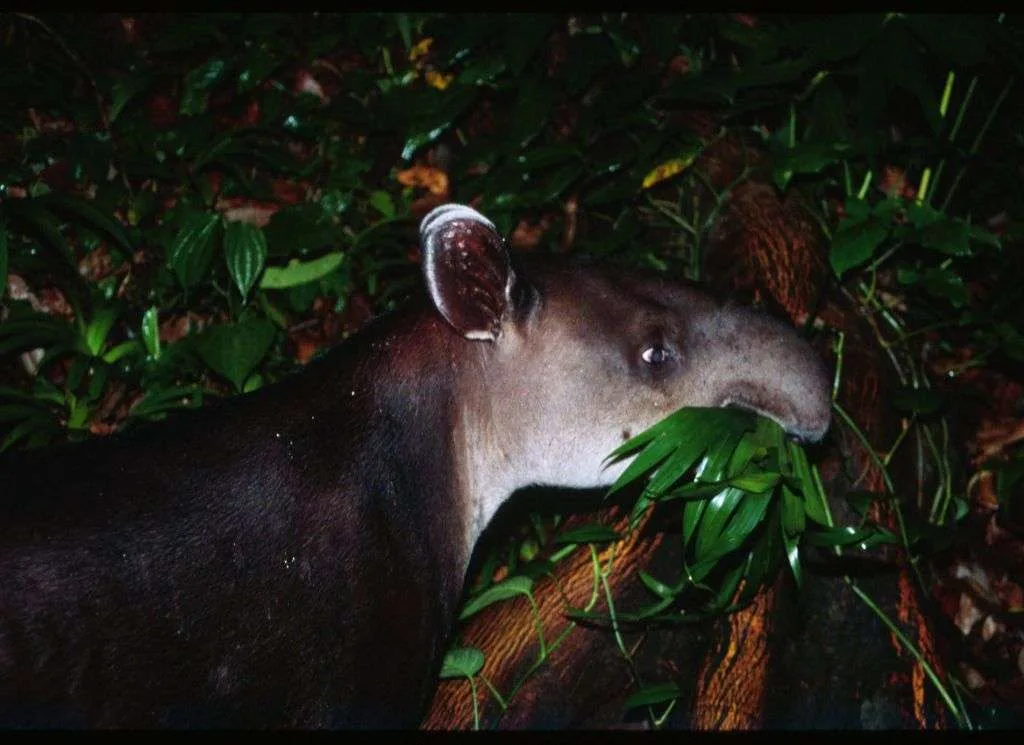
Weighing upwards of 300 kilos Baird’s Tapir (Tapirus bairdii) is the largest land mammal in Central or South America. Tapirs are still found in at least eight national parks in Costa Rica, but are locally extinct in the Costa Ballena. At the beginning of the 20th century this area was completely covered with rainforest, and many different kinds of wildlife including tapirs were abundant.
The first settlers hunted them for meat, hides, and sport, and also destroyed their rainforest habitat in order to plant pasture for cattle. The manager of Hacienda Barú during the 1950s and 60s told me that after the torrential rains and epic flood of 1955, he found the body of a dead tapir washed up on Barú Beach. It was the first one he had seen in over five years. About two years later, he shot one in the upper portions of Hacienda Barú.
So, we can estimate that the year 1957 was the approximate time of local extinction of the species. About that same time a friend from Hatillo remembers seeing tapir tracks near a salt lick for his cattle.
In 1990 the board of directors of the environmental organization Amigos de la Naturaleza (ASANA) decided to initiate an ambitious project called the Path of the Tapir Biological Corridor (PTBC). Their goal was to regenerate enough natural habitat between the Savegre and Térraba Rivers to connect all of the large forest parcels together in the hope that the tapirs would one day return to the area. Though the tapirs are not yet living or reproducing in the corridor, they do wander in from time to time. In recent years, they have been sighted along the Savegre River, near Dos Bocas and along the Tinamastes ridge above Alfombra. I firmly believe that I will live to see the day that the tapirs return to Hacienda Barú.

By Jack Erwing
